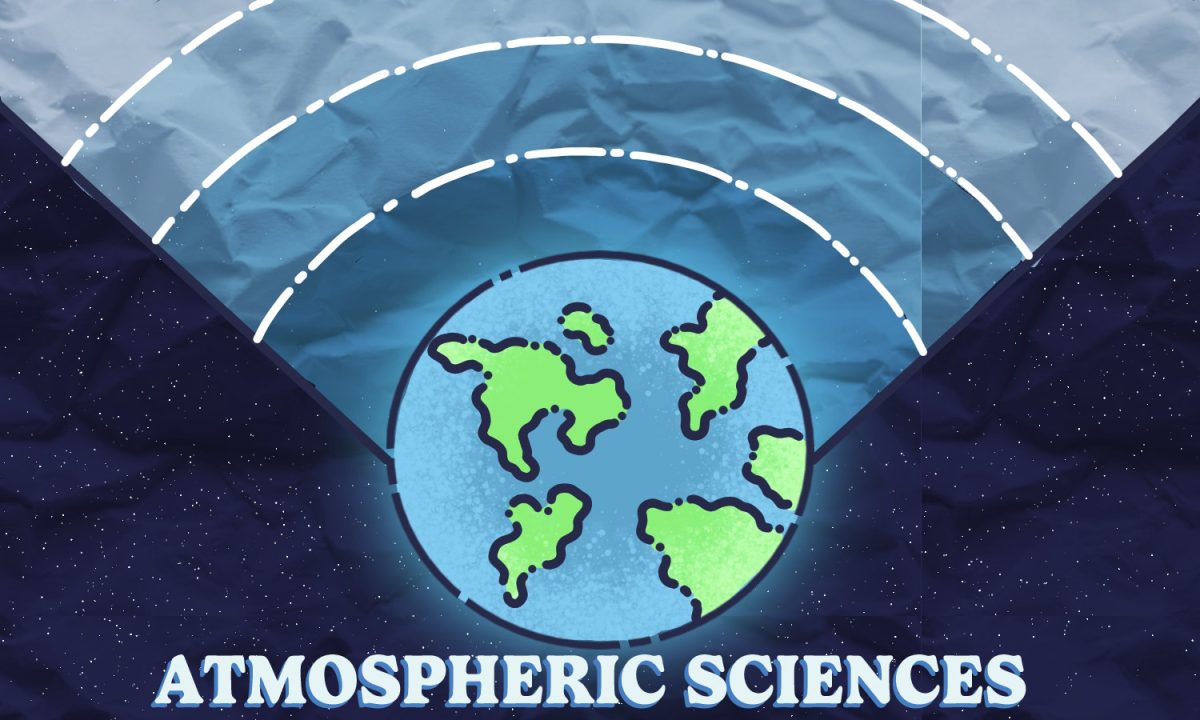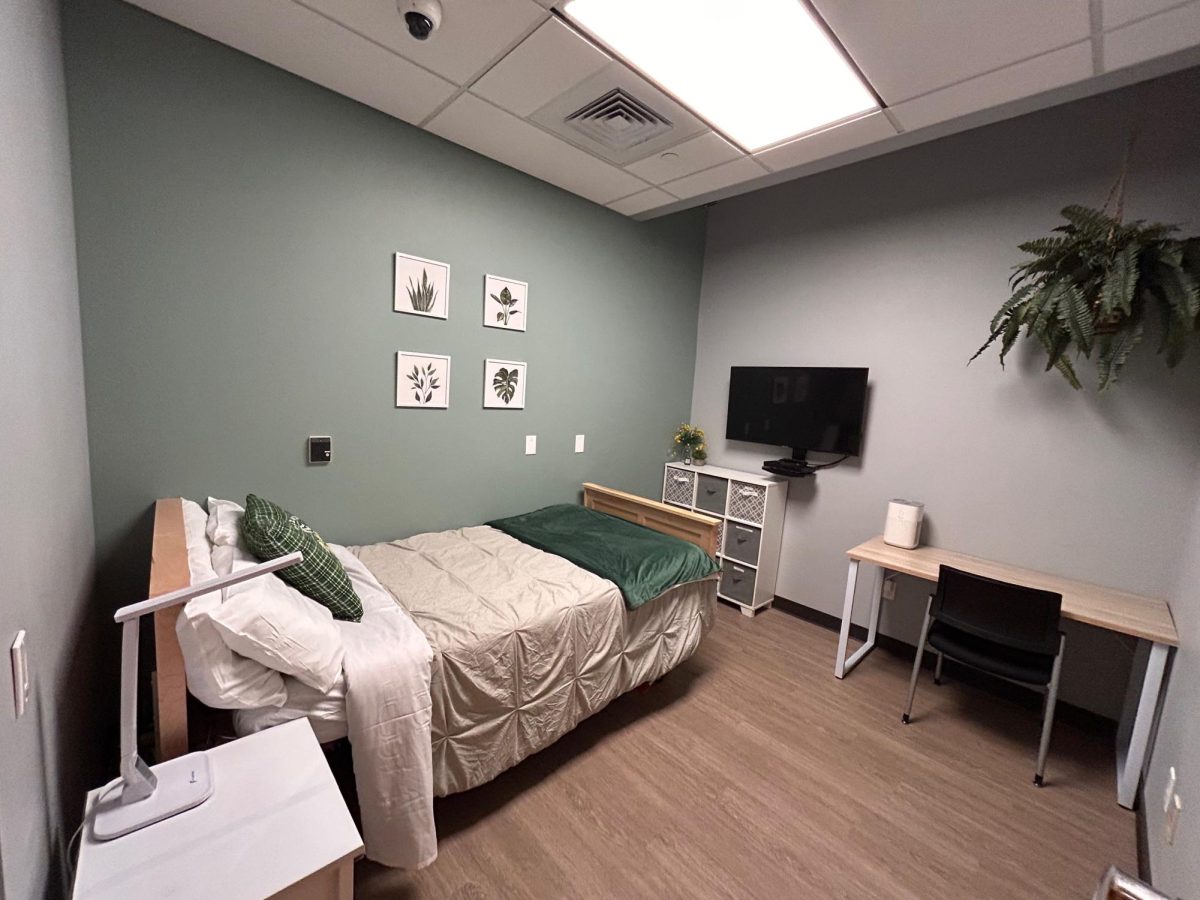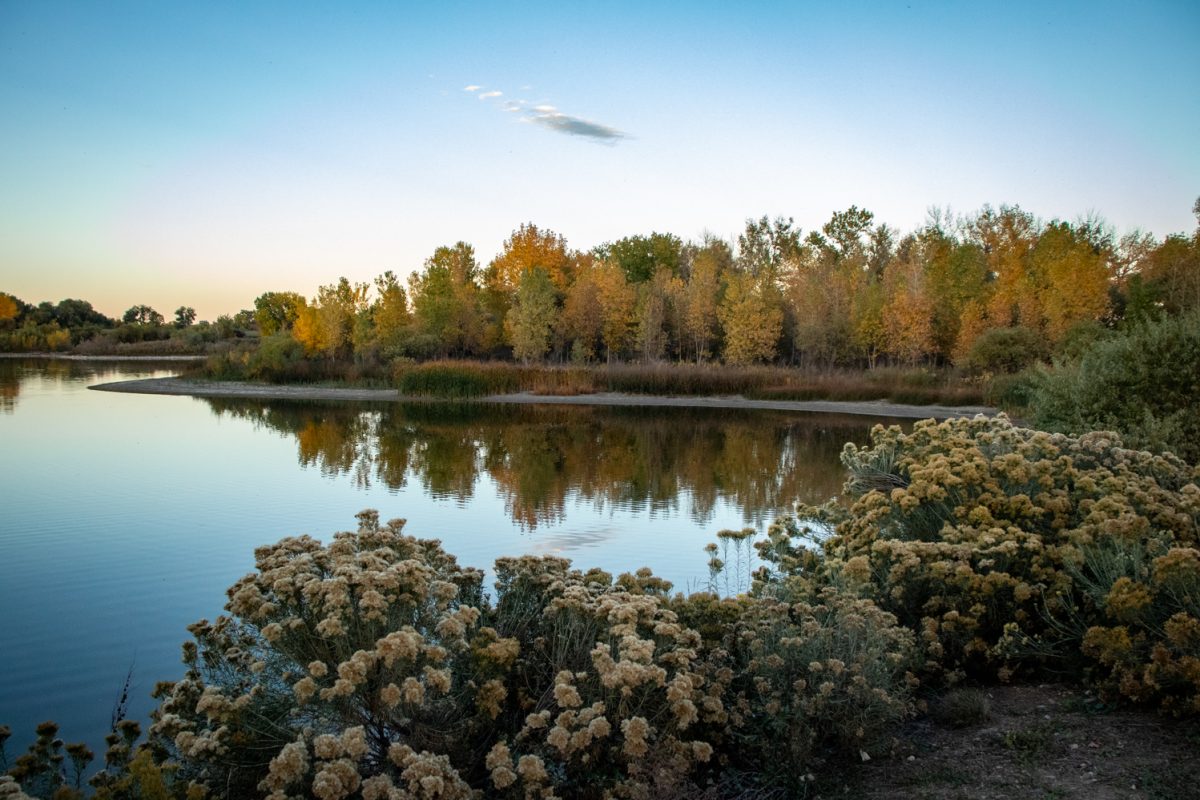“The U.S. is experiencing nearly six times more major weather and climate disasters per year than it did 40 years ago,” U.S. Secretary of Commerce Gina Raimondo said.
On May 21, the Biden administration announced $6.6 million for a new data assimilation consortium, marking a significant step forward in protecting populations most vulnerable to these disasters all around the country.
This project, known as the Consortium for Advanced Data Assimilation Research and Education, represents a collaborative effort between leading universities in the field of atmospheric science.
The consortium will bring together institutions from all around the country and globe, including the University of Oklahoma, Colorado State University, Howard University, the University of Maryland, Pennsylvania State University and the University of Utah. The University of Illinois Urbana-Champaign, State University of New York at Albany and City College of New York will also participate but will not receive funding under the proposal.
Additionally, National Oceanic and Atmospheric Administration research labs and operational centers, the Earth Prediction Innovation Center, the United Kingdom’s Meteorological Office, the University of Reading and the new Transatlantic Data Science Academy will play a vital role in this initiative.
This effort hopes to produce results that will be felt around the world, no matter if a country is directly involved, and help everyone better forecast and prepare for weather and climate-related disasters.
“Data assimilation is a science that combines observation information and numerical models together to produce an analysis that estimates the status of the Earth system as it evolves, for example,” said Project Director Xuguang Wang, who is a professor of meteorology at the University of Oklahoma.
In other words, data assimilation is the mathematical process of continuously combining observational data with model data, or real life with theory, to better inform future models.
“For this consortium, we are trying to actually fill two gaps,” Wang said. “One is to fill the serious gap in workforce. We like to get students … interested in data assimilation, (knowing) what a data assimilation is and, you know, study it and use it down the road. So the other gap is (that) there is a lack of sustained support for innovative research for data assimilation.”
In meteorology, data assimilation provides a starting point for the forecasts people use every day.
Peter Jan van Leeuwen, a professor in data assimilation and physical oceanography at CSU, said it also plays a huge role in studying the ocean and cloud formation and in forecasting hurricanes as they grow and evolve. Van Leeuwen has been involved in research for over 30 years and serves as CSU’s representative for the project.
Van Leeuwen’s department has an existing collaboration with the NOAA’s Collaborative Institute for Research in the Atmosphere, which will aid in this new initiative.
Although not involved in this specific project, Scott Denning, a CSU atmospheric science professor, uses the field of data assimilation in his research on the global carbon cycle and measuring carbon dioxide levels in the air and oceans.
Wang said the field “brings together those who study math, physical and dynamical processes, modeling, measurements, higher performance computing and data science, and it has applications in many areas.”
The primary goal of this research, however, is focused on improving weather forecasting.
“This is a very broad collaboration nationally and internationally,” Wang said. “That’s one thing I’m quite excited about. The other one is, you know, the impact of this consortium. … We’re going to address a serious gap in workforce. This is a known issue — nationally, internationally known issue — about the workforce gap in data assimilation.”
By improving the technology that goes into numerical weather prediction models, public and public safety officials have access to more accurate and timely information. This, Raimondo said, will make communities more climate resilient.
Additionally, the consortium hopes to educate people on what data assimilation is, addressing a significant knowledge gap in the field. Most directly, this will involve graduate and postdoctoral students becoming specifically trained in the field, thereby enhancing the workforce pipeline.
“It’s not that we don’t know how to figure it out,” Denning said. “It’s just that the field is continuously evolving and being reinvented in the light of new technological advances. The lack of people with knowledge in the field makes it challenging to adapt to.”
The best way to do so, van Leeuwen said, is through science projects. His team will use data assimilation to address existing problems within the physics and math equations that drive the current models. They’ll also focus on the errors models make based on real-time observations from satellites.
“So now we have six universities involved there,” van Leeuwen said. “There are many universities in the U.K., obviously in the U.S., … where data assimilation is done. That way we can train people. … Our hope is for many people within NOAA that, that there will be funding to extend this.”
As well as holding the project director role, Wang will lead two research projects of her own. The first involves machine learning and artificial intelligence and how they can be used to reduce the computational cost of data assimilation. The second focuses on addressing the interaction of land and atmosphere during data assimilation to improve short-range forecasts.
Wang said the entire consortium will address 12 research topics, two at each institution. These vary from short-range to seasonal predictions and from new data assimilation methodologies to implementation and will focus on extreme weather like hurricanes, tornadoes and wildfires.
Involved professors and scientists at NOAA offices will also travel to other universities within the collaboration to guest lecture and spread their expertise.
Alongside these higher education-based research initiatives, the consortium will develop material to be used in high school classrooms, hold summer workshops for students and publish training materials online.
Work doesn’t start until August, and funding lasts for three years, Wang and van Leeuwen said. Unless it is renewed by the next administration, the worry lies in sustaining research, the workforce and support from the scientific community. Without advancements, the future of weather forecasting and numerical weather prediction risks falling behind.
Reach Marinna Stopa at science@collegian.com or on Twitter @CSUCollegian.









